THE EXPERT’S GUIDE TO BUYING A SAW
As all experienced tradespeople or woodworkers know, multiple types of saws can be used for the same job. However, some saws get the job done better and faster than others.
As America’s leading retailer of tools and equipment, CPO is trusted by both experts and DIYers. We put this guide together as a resource for choosing the best saw for the work you’ll be doing. It examines key differences between types of saws within major categories and recommendations on the features and differences that set them apart.
CIRCULAR SAWS
Today’s tradesperson has more options to consider than ever before when buying circular saws, with features like enhanced maneuverability for those hard-to-reach areas, as well as extended battery life on corded models.
If you’re in the market for a new circular saw, it’s a good idea to list your specific needs and shop accordingly. Factors like power rating and blade material can make two circular saws wildly different in terms of how they perform and the tasks for which they’re best suited. Most standard circular saws are 15-amp, but you’re definitely going to want something more powerful if you plan to cut through tougher materials like brick, stone, or concrete. Likewise, tungsten carbide tipped blades are great for cutting wood, while masonry and tile require diamond blades.
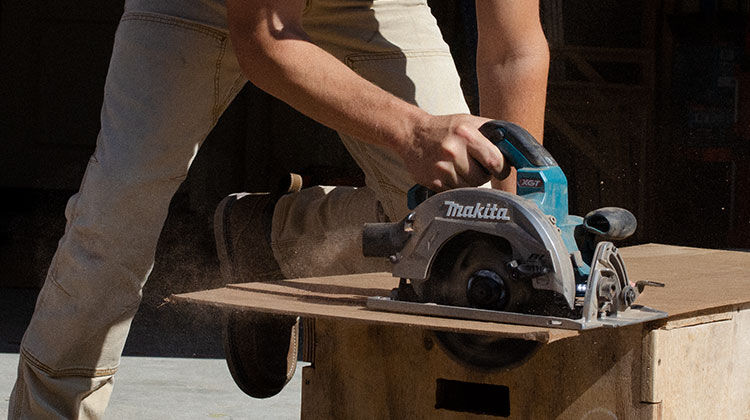
MITER SAWS
While beginners may believe they’re ready for any project with their trusty circular saw by their side, experts know a good miter saw is essential. You can certainly use a circular saw to cut at an angle, but a miter saw features an oscillating swing arm to make it much easier to adjust the blade to the exact angle you need. For the precisely angled crosscuts required by crown molding, door frames, window casings, and similar tasks, a miter saw is key.
Compound or sliding? That’s the big question when it comes to miter saws. Compound miter saws have arms that can be titled to angles other than 90 degrees, allowing you to make bevel cuts as well as miter cuts. A sliding miter saw is nearly identical except for the fact that it can slide forward or backward on rails. This makes it easier to cut wider or thicker material. If you’re cutting baseboard molding or picture frames, a compound miter saw will likely suffice. Projects involving boards wider than around 8 inches will require a sliding miter saw.
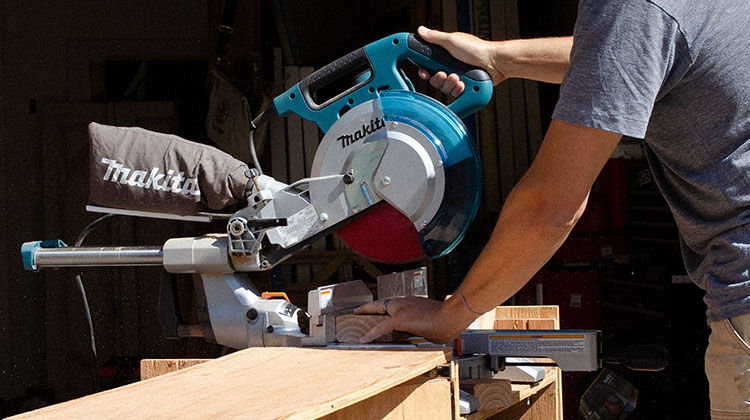
TABLE SAWS
CPO knows no workshop is complete without a table saw, especially if you specialize in furniture or cabinetmaking. Though certainly a workhorse when it comes to ripping boards, a table saw can handle crosscuts, miter and bevel cuts, and a variety of other tasks as well. Contractors and homeowners will prefer a portable table saw that will easily fit in a garage or that they can take with them on the go. New features and improvements to table saws are worth exploring as you consider adding to your collection.
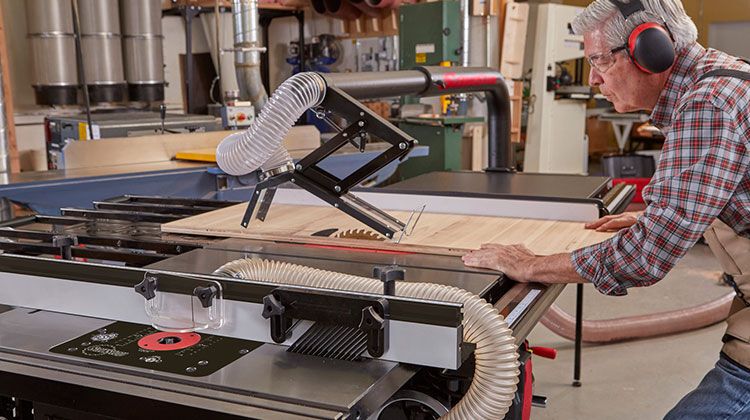
RECIPROCATING SAWS
The bread-and-butter tool of home demolitions projects, reciprocating saws have earned a place in just about everyone’s collection. For those tasks that don’t require precise cuts or a more delicate touch, the reciprocating saw is what you’ll reach for.
Reciprocating saws can also be enhanced with a variety of accessories that expand their versatility. For instance, by removing the saw blade and replacing it with a scraper blade, you can use your reciprocating saw to more easily scrape up linoleum floor tiles, wallpaper, drywall, and other stubborn materials. Struggling to remove hardened grout from between bathroom shower tiles? Swap the saw blade for a grout rake. Other popular attachments include wire brush, wood rasps, files, saw guides, sanding pads, and much more. These accessories turn an already useful saw into a truly invaluable multi-purpose tool. We recommend taking a look at available attachments regularly: You never know when you’ll discover a new one that meets your needs.
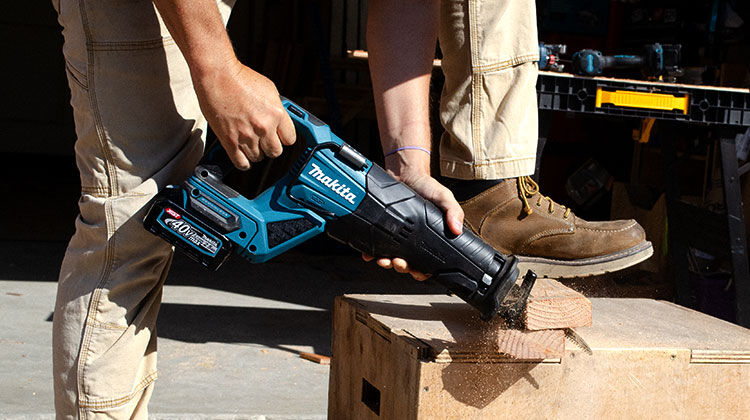
CHAIN SAWS
How much power do you need from your chain saw? It’s a question you’ve likely had to ask about every other type of saw you’ve had to purchase, but it’s no less relevant here. As usual, there is a trade-off between portability and power. Battery-powered chain saws provide the most freedom, but you’re limited by the life of the battery, of course. Corded-electric models remove this concern and provide more power, though you need to make sure you can plug in from where you’re working.
If you’re planning to tackle heavy-duty landscaping jobs, a gas-powered chain saw may be your only viable option. They offer the most power by a significant margin, but they’re larger, heavier, noisier, and more difficult to maintain. (Not to mention more expensive.) In general, you should use a battery-powered chain saw for minor trimming and pruning around the yard, and a corded-electric saw for cutting moderately sized branches and shrubs. Go with a gas-powered chain saw for safely and efficiently cutting thick branches, or even cutting down a tree itself. As always, check the amperage to make sure it’s sufficient to your needs.
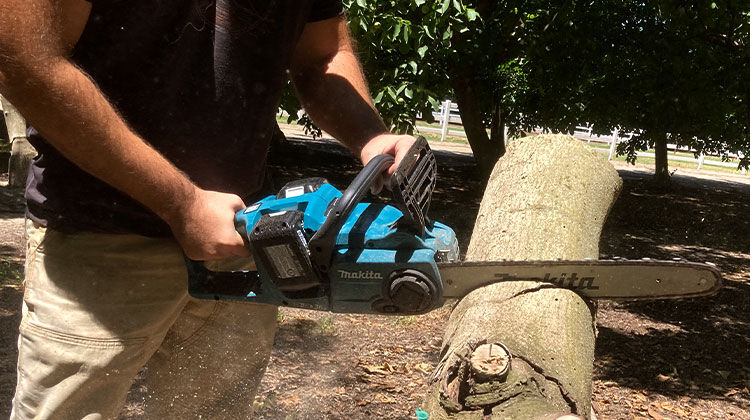
JIG SAWS
When using a jig saw, you know how important it is to maintain control of the tool so you can make curved or irregular cuts with maximum precision. Woodworkers, hobbyists, and other users who need to create intricate details should prioritize comfort and ease of use when looking for a new jig saw. Fortunately, there are several features available in jig saws designed for this very purpose.
Finding a grip that works for you is the most immediate way to ensure you get top-notch results from your jig saw. Most jig saws feature ergonomic designs that fit naturally in your hand so you won’t experience any discomfort when making a very precise, delicate cut. For even more precision, you may prefer a jig saw with a barrel grip. Instead of a D-shaped handle on the top, these are held directly by the barrel. Many users feel that gripping the jig saw with their hand closer to the blade allows them to better control the tool, and therefore cut with greater precision.
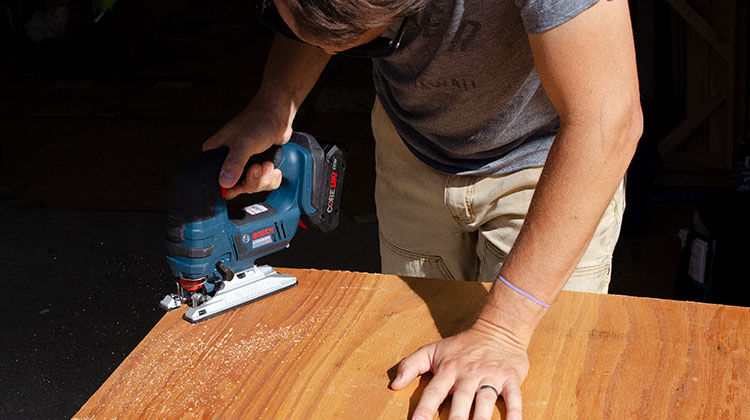
BAND SAWS
A band saw isn’t the only tool that can cut irregular shapes, but it should be your saw of choice when you need to make these types of cuts through thick materials. Though not able to make inside cuts or create some of the intricate details a scroll saw can provide, you may find a band saw easier to use. It’s also more versatile, as it can admirably handle crosscuts, miter cuts, straight cuts, and other types of cuts as well. A band saw is particularly good for cutting through large pieces of lumber that your table saw can’t accommodate. Even if you’ve used your band saw for years, there’s a chance you still haven’t experienced its full potential.
From benchtop and floor models to portable band saws you can take on the go, there are many options to consider including a few recommended models here.
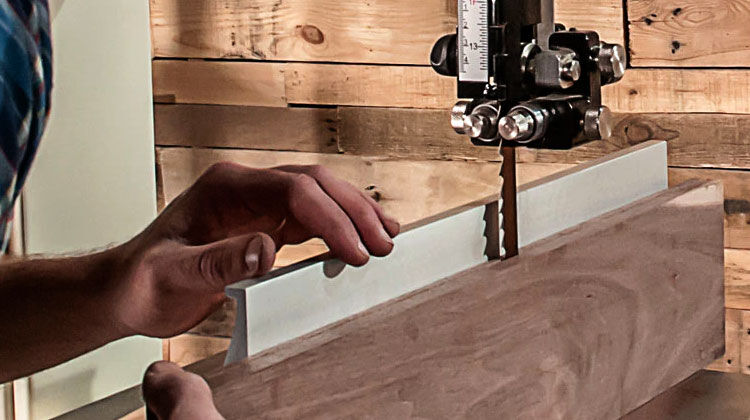
SCROLL SAWS
Scrolls saws and jig saws are sometimes referred to as the same tool, but as any avid trade or craftsperson knows, they’re very different saws. Both are used for cutting curved lines into material, but the similarities end there.
While a jig saw is definitely the better choice in terms of portability and convenience, a scroll saw is better suited to making small, delicate cuts in thin pieces of material 2 inches thick or less. It’s similar to a table saw with a tiny blade in the center that can effortlessly make the most intricate designs. You can also make a plunge cut much more easily with a scroll saw than a jig saw. At-home DIYers will almost certainly get more use out of a jig saw, but woodworkers who put a lot of artistry into their pieces will want to have a scroll saw in their shop.
PANEL SAWS
Panel saws are a common sight in cabinet and sign shops for their ability to cut sheets of wood, plastic, laminate, and other materials into specifically sized pieces or panels. Vertical panel saws are becoming more popular over traditional sliding table models because they take up significantly less space on the shop floor. You can place one right up against the wall, which is perfect for smaller work areas.
That’s not to say that horizontal panel saws aren’t without their advantages. Vertical panel saws can only cut materials at 90 degrees in a vertical or horizontal direction. Some vertical models come with a tilting apparatus of some kind, but these can be tricky to use compared to a horizontal panel saw, which can make miter and bevel cuts quickly and accurately. Keep this in mind when deciding which panel saw is right for you.
A SAW FOR EVERY NEED
We hope this guide has given you some great ideas for purchasing your next saw. If you have questions or need more information about specific products, contact the CPO Outlets team.
 SHOP CPOOUTLETS.com
SHOP CPOOUTLETS.com







